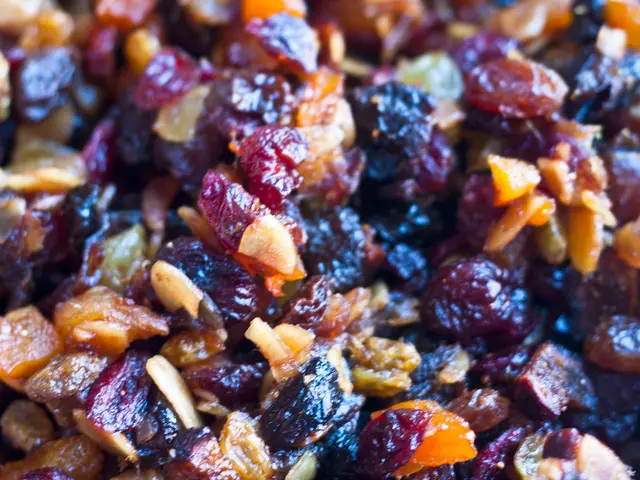Saving Cash and Resources in Mass Fabric Production: Expert Advice for Minimizing Costs and Waste
Needing to know how to cut fabric for production can save you both money and resources, even for seasoned designers. It's a crucial skill for creative freedom without breaking the bank.
Scaling from sampling to production gets more complex when it comes to fabrics and trimmings used. So, here are some tips that can help you save money when starting a clothing line.
Planning Your Marker
Patterns serve as blueprints, but markers are the guides for the cutting process. They're self-adhesive bond paper sheets with patterns laid out in a specific arrangement to save fabric. You can create markers with CAD programs, which automatically measure yardage needed and the number of fabric layers for your desired quantity of products.
Remember that markers are single-use items, so you'll need a new one for each order. Moreover, markers are made to order, often in various size ratios, making reusing them a rarity.
For efficient marker plans, aim for an eight-way marker over a four-way one to minimize waste and loss.
Determine the Fabric Width
Choosing the correct fabric width will help you make informed decisions about your design and save fabric. Working with larger fabric widths can lead to better surface area for cutting, reducing fabric usage. Before getting patterns made while sourcing materials, consider the fabric width and consult with pattern makers to ensure proper cutting for cost savings.
Choose Fabric with Low Shrinkage
Different fabrics have varying shrinkage properties. Play around with fabric consumption calculations to determine how shrinkage and stretching affect pattern pieces, sizing, and garment fit. Choose materials with low shrinkage rates for cost savings and an easier process.
Mind the Grain Line Orientation
The grain line determines how much fabric you use. Grain lines are often parallel to the selvage, and cutting against the grain in certain styles or parts can increase fabric costs. Straight grain cuts use less fabric, so consider this when creating your patterns.
Choose the Right Clothing Manufacturer
When it comes to saving money, selecting the right clothing manufacturer is vital. Opt for manufacturers who prioritize transparency, accurate pricing estimates, and professional pattern makers to guide you through every step of the way. Expert guidance can help you make informed decisions about fabrics, efficient markers, and the right fabric width to cut costs.
By considering these factors and using cost-effective strategies, you can create a sustainable and successful clothing line without breaking the bank.
- Creating markers with CAD programs can help save money by automatically measuring yardage needed and the number of fabric layers, reducing waste.
- Producing efficient marker plans can save money by minimizing fabric waste through the use of eight-way markers over four-way ones.
- Choosing fabric with low shrinkage rates and calculating fabric consumption can save money by reducing waste and ensuring accurate sizing.
- Partnering with a transparent clothing manufacturer who prioritizes accurate pricing estimates and employs professional pattern makers can help save money and ensure cost-effective production in the fashion and beauty, lifestyle, finance, home and garden, business, and fashion-and-beauty industries.







